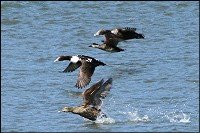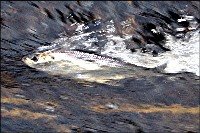Bohemian Waxwings
Upon crossing a bridge on my way home this afternoon, I spied a small flock of birds in a tree above the river, and so I circled back to try to get a picture of them. Their curosity about me was not as keen as mine was of them, and they left as soon as I started taking some pictures..jpg)
.jpg)
.jpg) cropping and editing, was I able to see the rufous coloured undertail and yellow-tipped wings that are character -istic of Bohemian Waxwings. I'm hoping that they show up in my yard tomorrow as we still have some berries left on a few vines that they might find appetizing.
cropping and editing, was I able to see the rufous coloured undertail and yellow-tipped wings that are character -istic of Bohemian Waxwings. I'm hoping that they show up in my yard tomorrow as we still have some berries left on a few vines that they might find appetizing..jpg)
.jpg)
.jpg)
.jpg)
.jpg)
.jpg)
.jpg)
.jpg)
.jpg)
.jpg)
.jpg)
.jpg)

.jpg)

.jpg)





.jpg)
.jpg)
.JPG)
.jpg)

.JPG)


.jpg)
.jpg)
.jpg)
.jpg)
.jpg)


.jpg)
.jpg)
.jpg)


.jpg)
.jpg)
.jpg)
.jpg)

.jpg)
.jpg)
.jpg)
.jpg)













